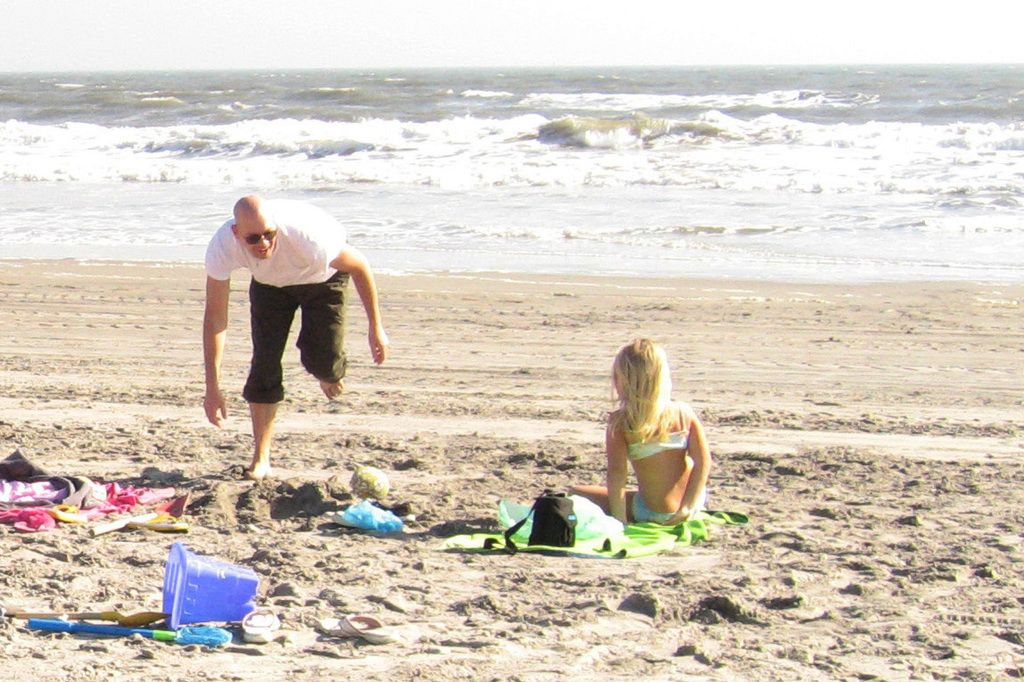Rhineland-Palatinate's Moderate Inflation Holds Steady
Restricted price surges in Rhineland-Palatinate remain moderate. - Goods Prices in Rhineland-Palatinate Maintained at Controlled Levels
In a recent report, the State Statistical Office in Bad Ems revealed that consumer prices in Rhineland-Palatinate experienced a modest increase in May. The consumer price index rose 1.7 percent higher than the previous year, keeping inflation below the European Central Bank's (ECB) target of 2 percent for the second consecutive month.
The cool inflation rate of 1.7 percent in May followed a dip to 1.9 percent in April and a peak of 2 percent in March. Compared to April, consumer prices saw a slight decrease of 0.1 percent in May—the first decline since November 2024.
Food Prices Varies Widely
There was a significant disparity in the pricing trends of individual food items over the past year. While butter and chocolate have increased nearly 20 percent and 18 percent respectively since last year, vegetables overall have become more affordable, dropping approximately 1 percent. Consumers in Rhineland-Palatinate even enjoyed a 17 percent decrease in carrot prices and an 8 percent reduction in potatoes.
Energy Costs Dampen Inflation
Energy prices played a role in tempering inflation as they fell by a total of 6.7 percent. Heating oil saw a nearly 9 percent decrease, fuels went down almost 8 percent, and both district heating and electricity became over 6 percent cheaper.
Looking Ahead
The ECB aims to bring inflation to 2 percent over the long term; however, recent trends show the euro area inflation rate has fallen from 2.5 percent to 2.2 percent as of April 2025. As energy costs continue to decrease, some industries, like the automotive sector, may benefit. While specific data for Rhineland-Palatinate is limited, broader trends indicate that factors like energy prices, food costs, and economic uncertainties play a significant role in shaping inflation rates.
- Rhineland-Palatinate
- Inflation
- Consumer price
- Bad Ems
- ECB
--
Further exploration into economic trends within Germany offers some insights:
- Economic Growth: Fitch Ratings predict a slow real GDP growth of 0.1% for Germany in 2025, pointing to a challenging economic landscape[1].
- Inflation: The ECB has been striving to maintain inflation at 2 percent over the medium term. As the euro area inflation rate has dropped from 2.5 percent to 2.2 percent by April 2025, it is edging closer to the target[3].
- Energy Costs: Lower energy costs are expected to have a positive impact on industries like the automotive sector in 2025[1]
- The Community policy of Rhineland-Palatinate could consider measures to manage the varying food prices, ensuring fair distribution and affordability of essential items like vegetables, carrots, and potatoes.
- To bolster the employment market in Rhineland-Palatinate, the state could formulate a comprehensive employment policy to address the rise in costs associated with energy and adjust compensation packages accordingly to offset the impact of lower energy costs on industries like automotive.






